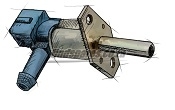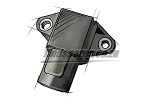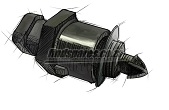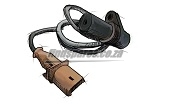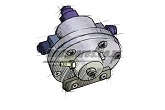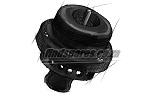Cars / Engine-Sensors
Quotes
Sensors on the vehicle engine
To ensure each unit in a car is working properly in an engine, there are a number of sensors. Some of these sensors include: mass air flow sensors, which indicates the amount of air entering the engine. Oxygen sensors, which monitors the amount of oxygen in the exhaust.
Throttle sensors are positioned on the throttle to monitor how much air enters the engine, so the ECU can respond quickly to changes by increasing or decreasing the level of fuel as needed. Sensors for a coolant temperature allow the ECU to determine when the engine has reached the correct operating temperature. Voltage sensors determine the voltage in the electrical system of the car, so the ECU can raise the idle if the voltage drops, which would mean higher electrical load.
Manifold sensors monitor pressure in the intake manifold. The amount of air drawn into the engine is a good indication of how much energy is produced. The more air going into the engine, the lower the manifold pressure, so this reading is used to determine how much energy is produced. The engine speed sensor accounts for engine speed, which is one of the factors used to calculate the pulse width.
There are two basic types of controls for multi-port systems: fuel injectors can be opened simultaneously, or each can be opened just before the intake valve of the cylinder opens. This is called sequential multi-port fuel injection. An advantage in the fuel injection series is that if there is a sudden change, the system can respond more quickly.





